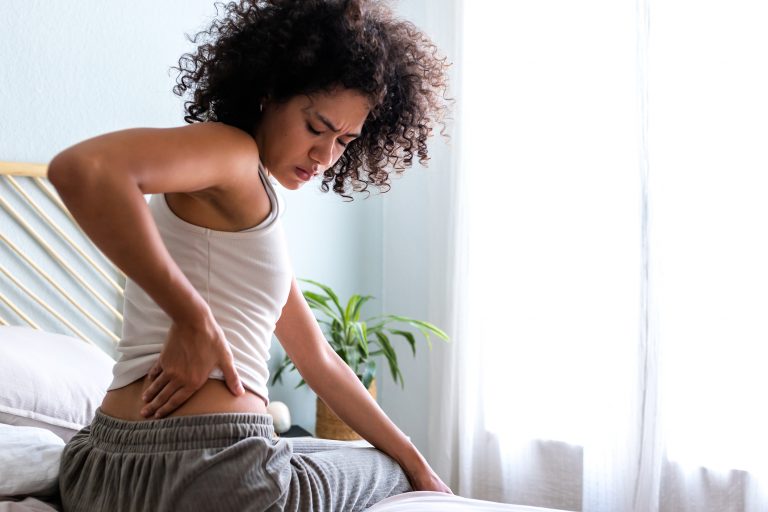Understanding Canal Stenosis
Canal stenosis treatment usually begins conservatively with exercise, stretching, medications, and other nonsurgical approaches. By pursuing options that manage pain, improve mobility, and promote the health of the spine, surgery is very often not required.
If you are experiencing debilitating pain and mobility problems related to canal stenosis, it is important to seek an accurate diagnosis and prompt treatment. Left untreated, this condition can lead to chronic pain that inhibits function and potentially causes permanent nerve damage. For many patients, exercise is an important part of an effective treatment plan that helps them maintain a healthy and active lifestyle.
Types of exercises for treating canal stenosis
Before beginning any type of fitness program, consult with your doctor who can recommend the best canal stenosis treatments and help you create a personalized plan. A doctor can also advise of any specific exercises that could potentially stress the spine and should be avoided.
In general, many spinal stenosis patients find the following types of exercises to help ease their symptoms:
- Stretching. A daily course of targeted stretches can increase spinal flexibility, temporarily take pressure off compressed nerves, and warm up the muscles in preparation for exercise.
- Walking. This low-impact activity can be performed virtually anywhere, and its pace and distance are easily adjusted.
- Swimming. Water provides a supportive, weightless environment for performing aquatic exercises designed to strengthen the back muscles.
Considering Treatment Options
Sometimes, a patient’s symptoms do not respond adequately to conservative canal stenosis treatments. In these cases, surgery may be presented as a treatment option. If you have been recommended for surgery after exhausting conservative treatments, reach out to the dedicated and caring team at BEST Health System.
BEST Health System is a modern ambulatory center offering premier spine and orthopaedic care.
